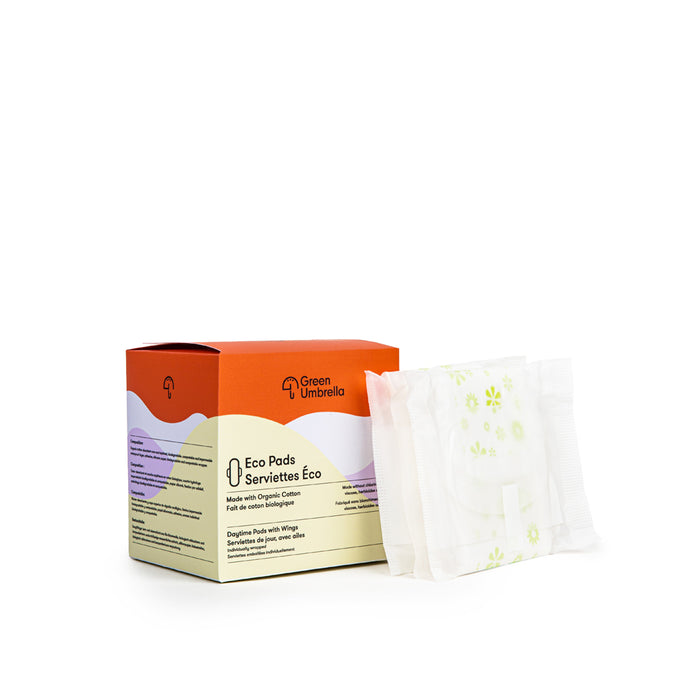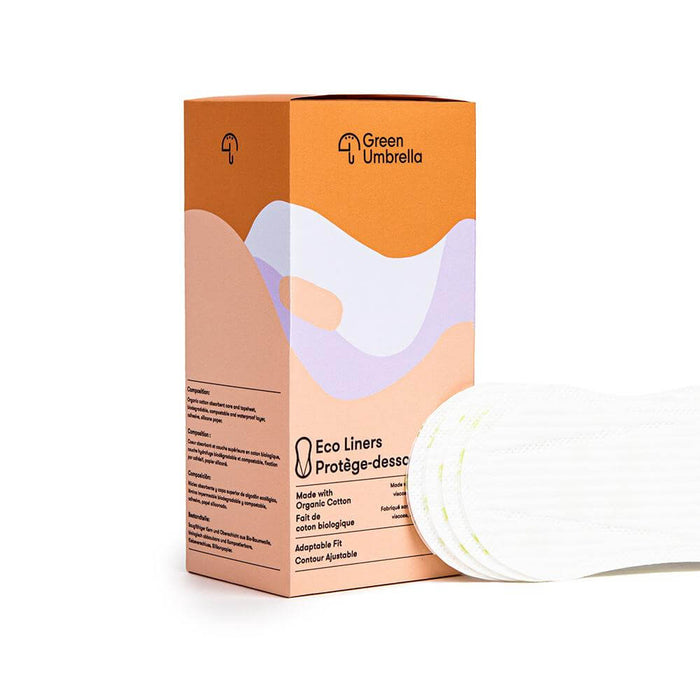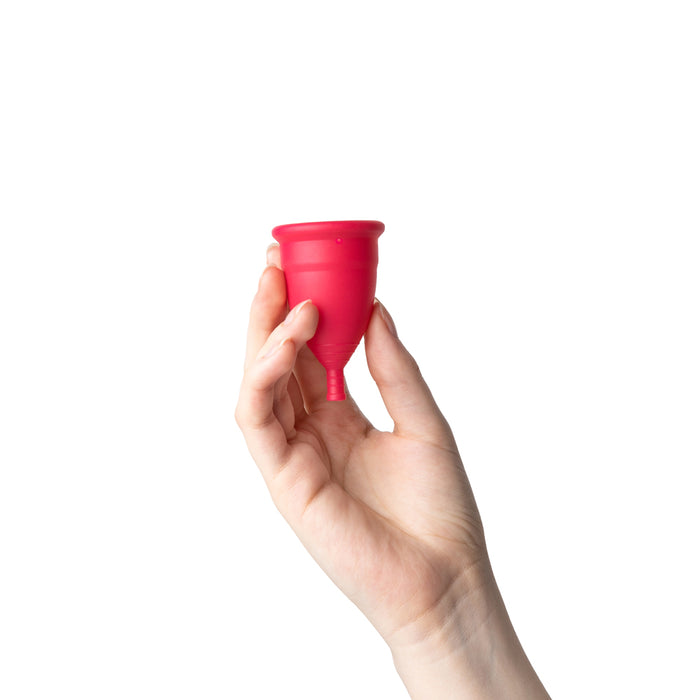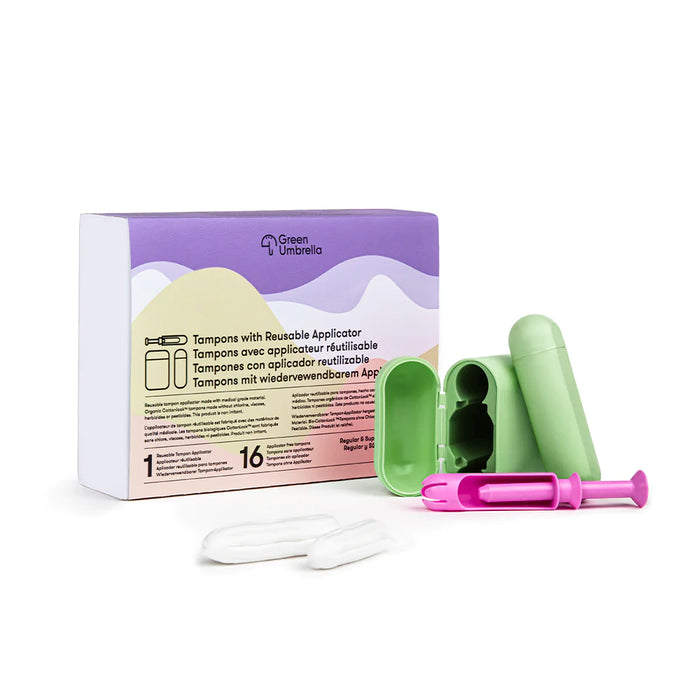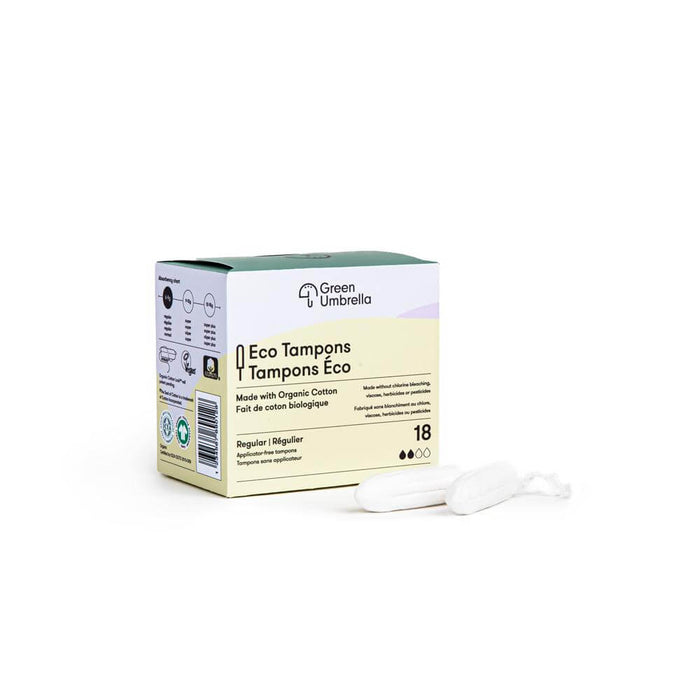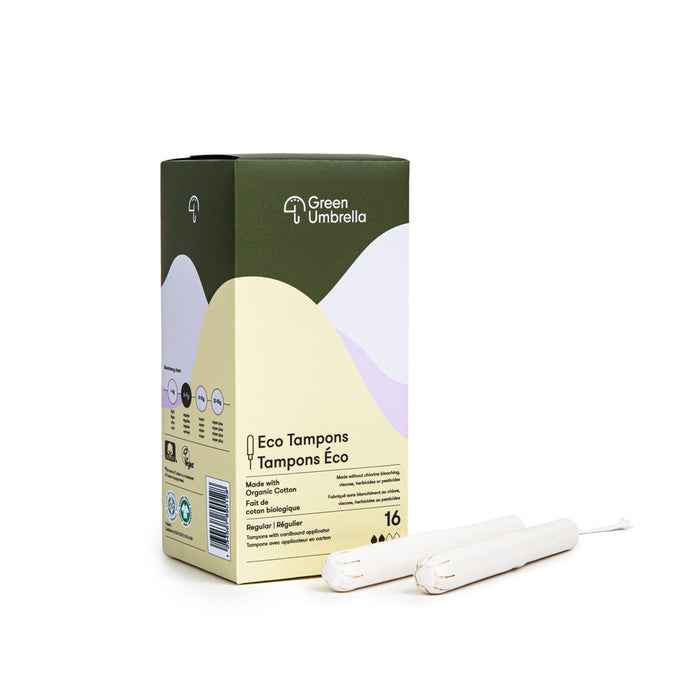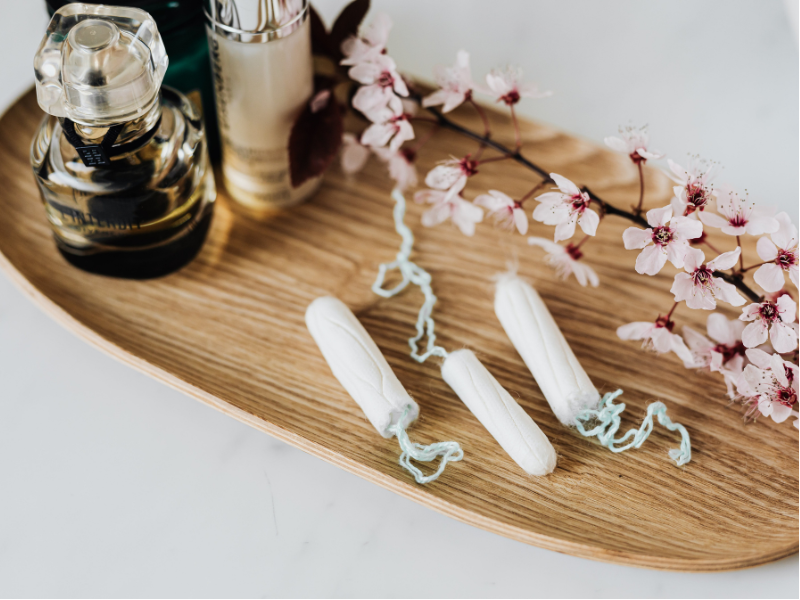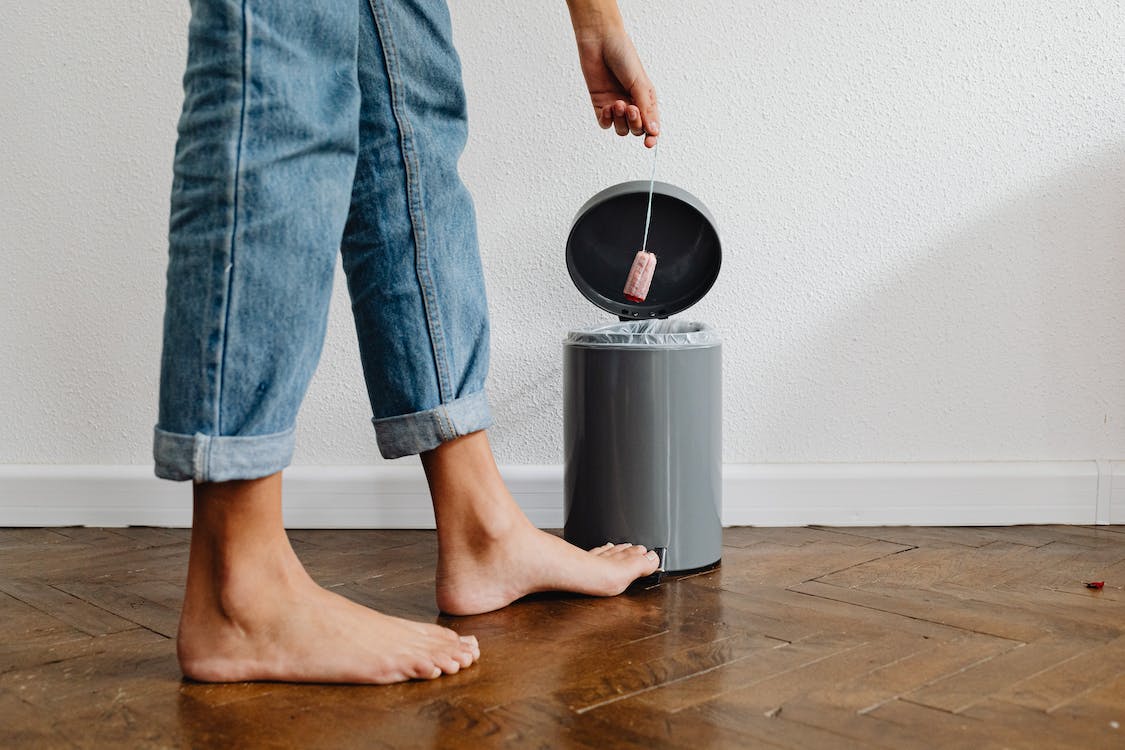The link between environmental toxins and wellbeing has become an important topic in the past few decades. Many people are generally more aware that materials such as metals, herbicides, drugs, and plastics can negatively impact our health. For instance, Canadian public health education has made me more aware that if I breathe in more air pollution, or if I smoke, this can irritate my airways and may increase my risk for lung cancer.
What is less well-known, however, is the impact that seemingly subtle environmental exposures can have on our reproductive health.
The Infertility Crisis
I became aware of the research in this area quite recently, while listening to Dr. Shanna Swan as a guest on a popular podcast during my morning walk. Dr. Swan is an award-winning scientist and one of the top environmental and reproductive epidemiologists in the world.
What struck me first was her very matter-of-fact statement that male fertility has been decreasing over the last 50 years. This statement is based on an influential meta-analysis by Dr. Swan and others published in 2017. Their research found that sperm counts in Europe, North America, Australia, and New Zealand have plummeted by nearly 60% since 1973.
In fact, since the early nineties, numerous studies on this very topic have been conducted with fairly consistent results: men today are producing less sperm than in the past, and the sperm are less healthy. This issue has been termed the “male infertility crisis.” Women are facing a similar issue, as rates of pregnancy loss or miscarriage have also been shown to increase over time. The main question is, of course, why is this happening?

Overexposure
Dr. Swan, and other environmental scientists, attribute this (mainly) to our exposure to plastics and chemicals. The research in this area is focused on endocrine disruption. The body’s endocrine system is responsible for producing the hormones that regulate our biological processes, including metabolism, blood sugar, sleep, and reproduction. For reproductive health, specifically, endocrine disruptors are molecules that mimic the body’s sex hormones and interrupt the delicate hormonal balance of reproduction.
These disruptors include substances like phthalates and Bisphenol A (BPA), which are used to make plastics. Phthalates, often called plasticizers, can be found in all of us. It is believed that we are primarily exposed through food since plastic is often used to manufacture, process, and package the meals and snacks we consume. Phthalates are also widely used in cleaning products and cosmetics like nail polish and fragrances.
While phthalates have a stronger influence on biological males through diminishing sperm count, research has shown that they are also harmful to biological women. Phthalates can increase the risk of premature ovarian failure, miscarriage, and premature birth. In fact, phthalates are now officially recognized as a reproductive toxin in the European Union.

The ABCs of BPA
A toxin that is particularly harmful to biological females is Bisphenol A (BPA). Despite years of intense lobbying to ban BPA because of its potential health dangers, this chemical is still commonly used in everything from cash register receipts to the lining of some canned food containers. One of the hormones that BPA mimics is oestrogen, and the chemical has been found to affect reproduction, even at low levels, in animal studies.
In a small study of women who were undergoing IVF (in vitro fertilization), researchers found that those who had higher levels of BPA also had lower peak estradiol levels, otherwise known as oestrogen. The levels of oestrogen rise significantly as multiple egg follicles develop. This study also found that fewer eggs were retrieved from the women who had higher levels of BPA. Likewise, BPA can affect male fertility by decreasing sperm quality, reducing libido and increasing rates of erectile dysfunction.
We Need to Keep Up the Pressure
In response to the research on the dangers of these toxins, there has been strong public pressure for regulatory agencies to take action against BPA and reduce the use of phthalates. In Canada, BPA was banned by the federal government in 2010 over concerns of possible negative health effects. Unfortunately, this ban is limited to items such as baby bottles and sippy cups, and BPA is still found in food packaging.
According to Health Canada, the current dietary exposure to BPA through food packaging is not expected to pose a health risk to the general population, including newborns and infants. However, a study by Environment Defence, a Canadian environmental advocacy organization, highlights that humans continue to be exposed to BPA and other similar chemicals through receipts. Moreover, the report states that “the amount of BPA in receipts can be a thousand times greater than the amount put into the lining of a food can.” For this reason, the European Union banned the use of BPA in thermal paper in January of 2020. Many feel that Canada should follow suit.
A Concerning Outlook
How serious is this reproductive crisis? Well, Dr. Swan has stated that, following the curve in her 2017 sperm decline meta-analysis, we are on course for an infertile world by 2045. While it is, of course, speculative to generalize in this way, it is an alarming statement nonetheless. Instead of waiting for government action, you can take steps to avoid exposure to phthalates and BPA if you feel this is the right decision for you. Doing so may be particularly important if you are trying to conceive, given the strong scientific evidence that phthalates and BPA can impact fertility and that BPA is toxic to developing babies during pregnancy.
What You Can Do to Reduce Toxin Exposure
According to Rebecca Fett, author of It Starts with the Egg: How the Science of Egg Quality Can Help You Get Pregnant Naturally, Prevent Miscarriage, and Improve Your Odds in IVF, it is never too early to start reducing your exposure to toxins to help your future fertility. This book highlights several action steps you can start today, including the following:
- Reduce phthalate exposure by looking for cosmetics and cleaning products that are labelled as “fragrance-free” or “phthalate-free”
- Reduce your use of perfume, hair spray, and/or nail polish
- Reduce your toxin exposure from food by choosing fresh, unprocessed food and reducing your consumption of food that is wrapped in plastic
- Try to choose organic food when possible
- Look for canned goods that are BPA free
- Replace your plastic food containers with glass containers
- Handle paper receipts as little as possible and wash your hands immediately afterward
One of my favourite things about Only is that you can be sure that they do their best to source you products made from raw materials that are free from heavy or toxic chemicals. All of the cotton in the period products offered by Only is organic - no herbicides or pesticides are used in its production. Buying organic cotton tampons isn't going to solve it all, but it’s a small step in the right direction to replace your essential goods with ones that are free from toxins.


